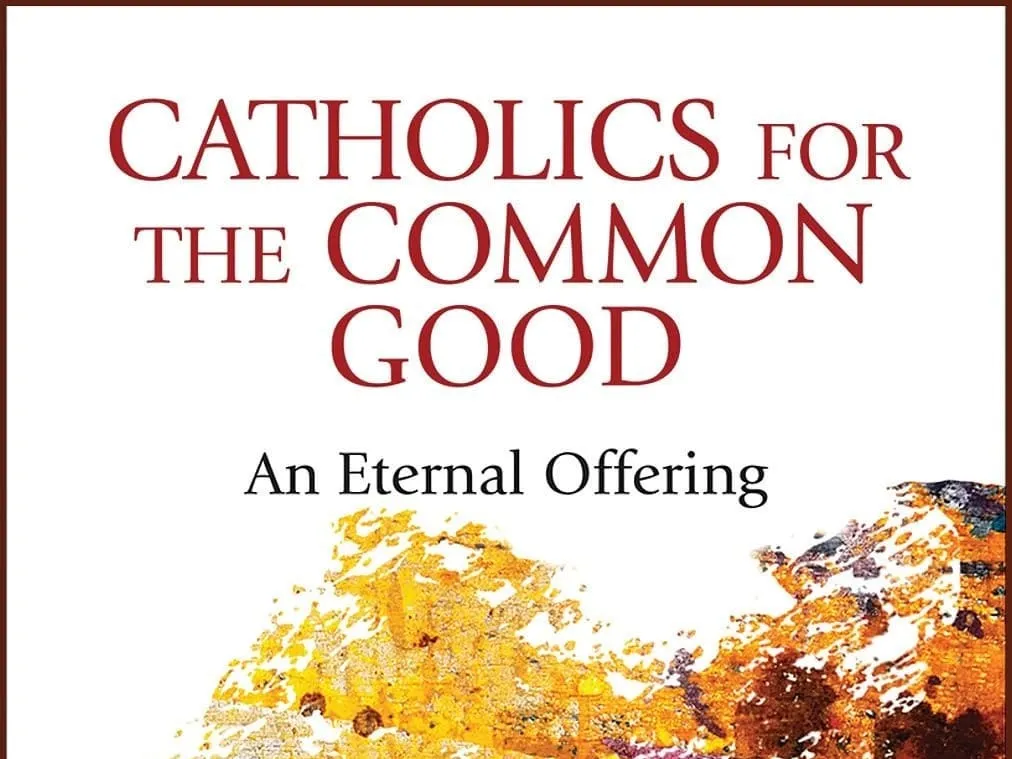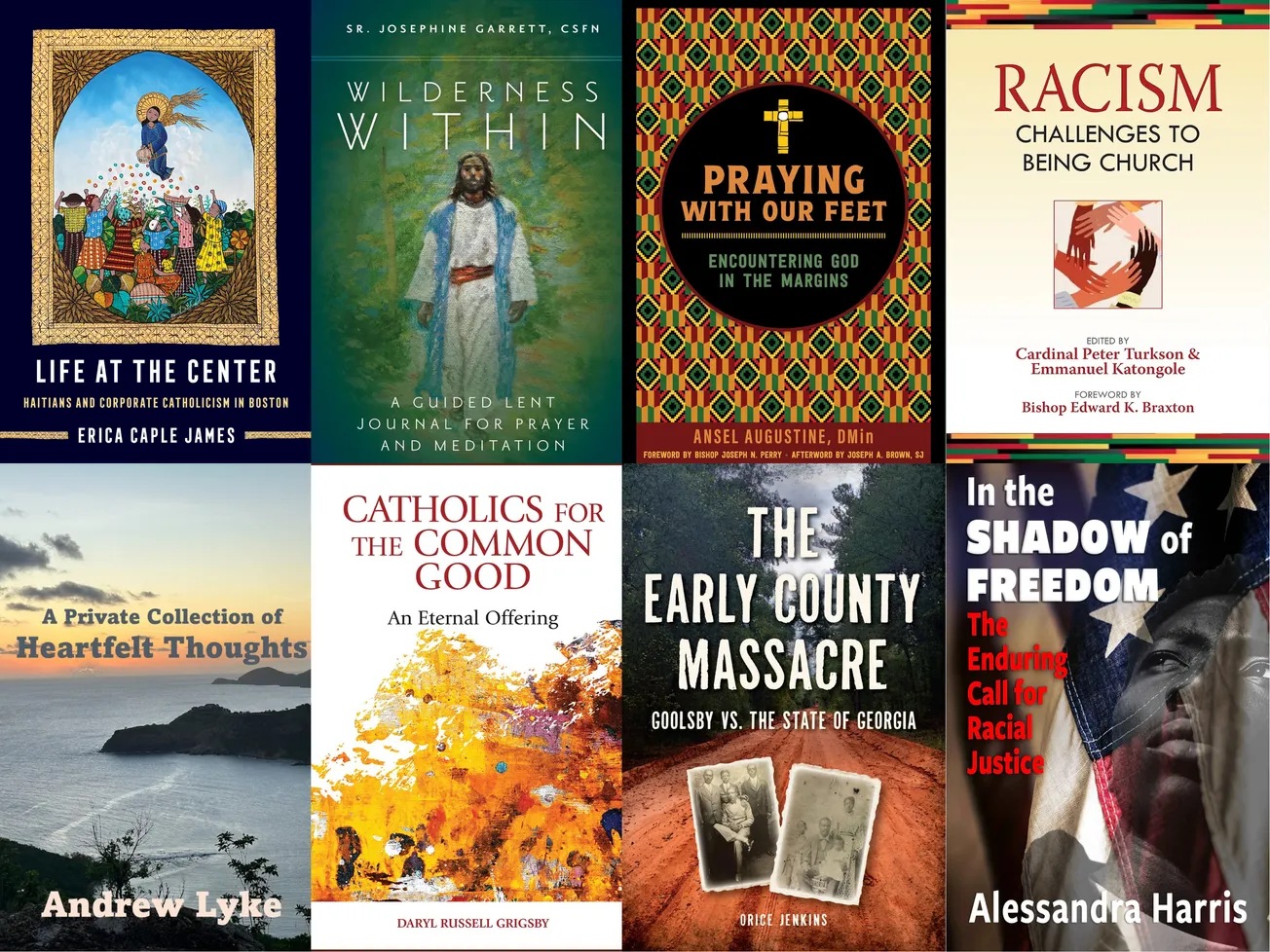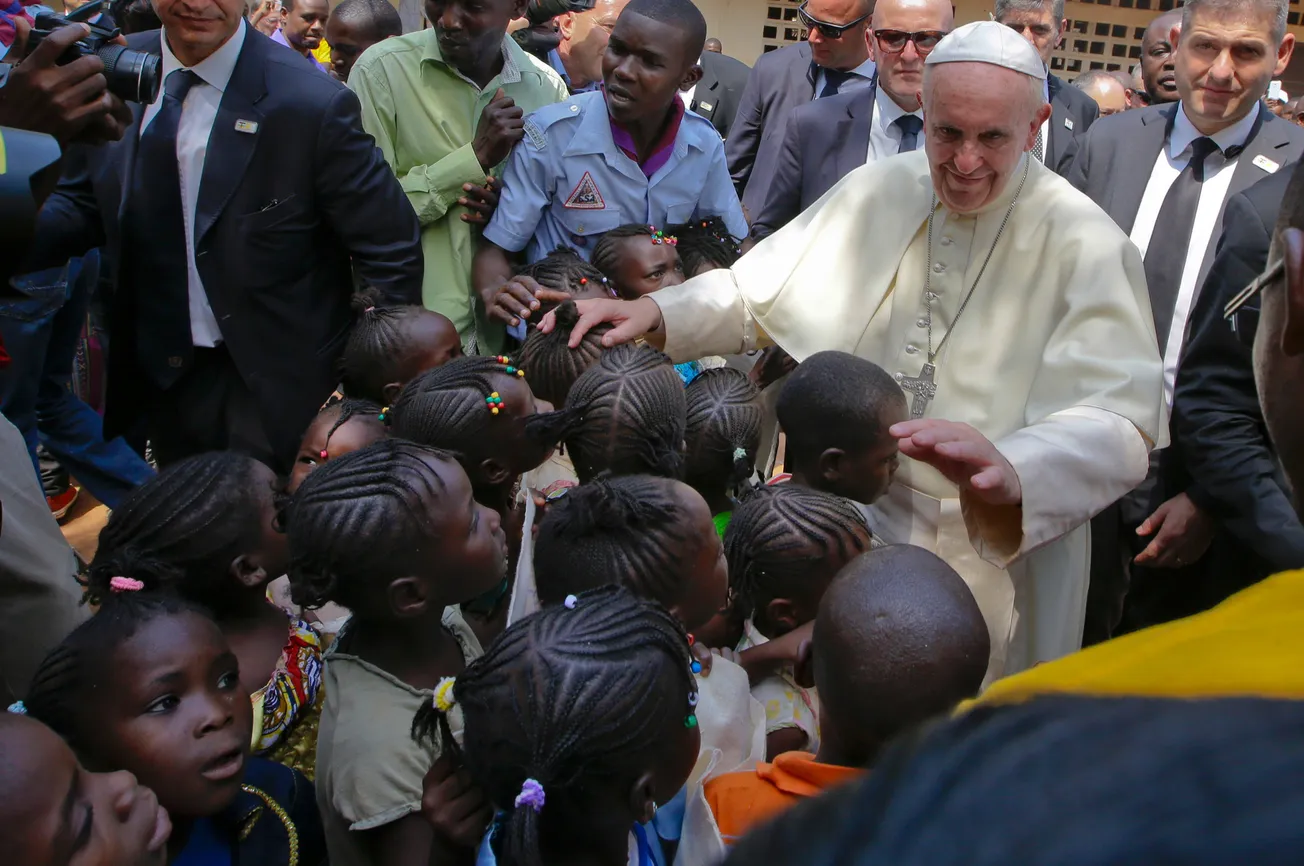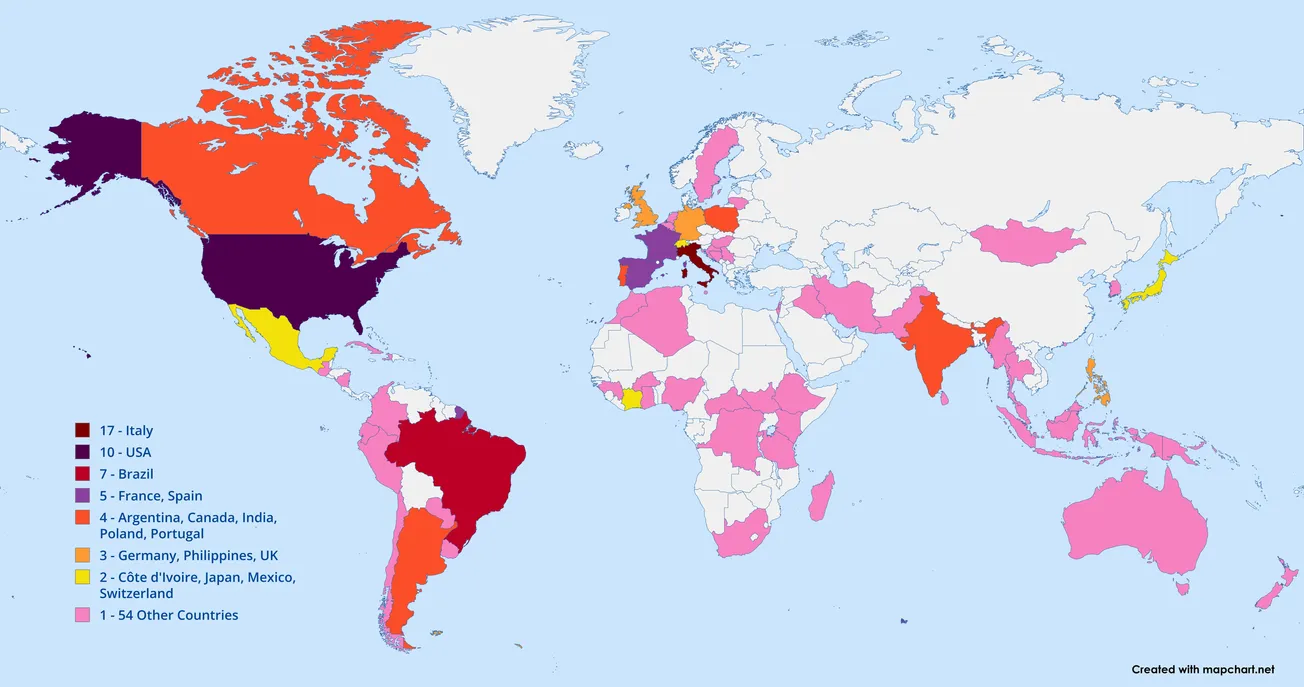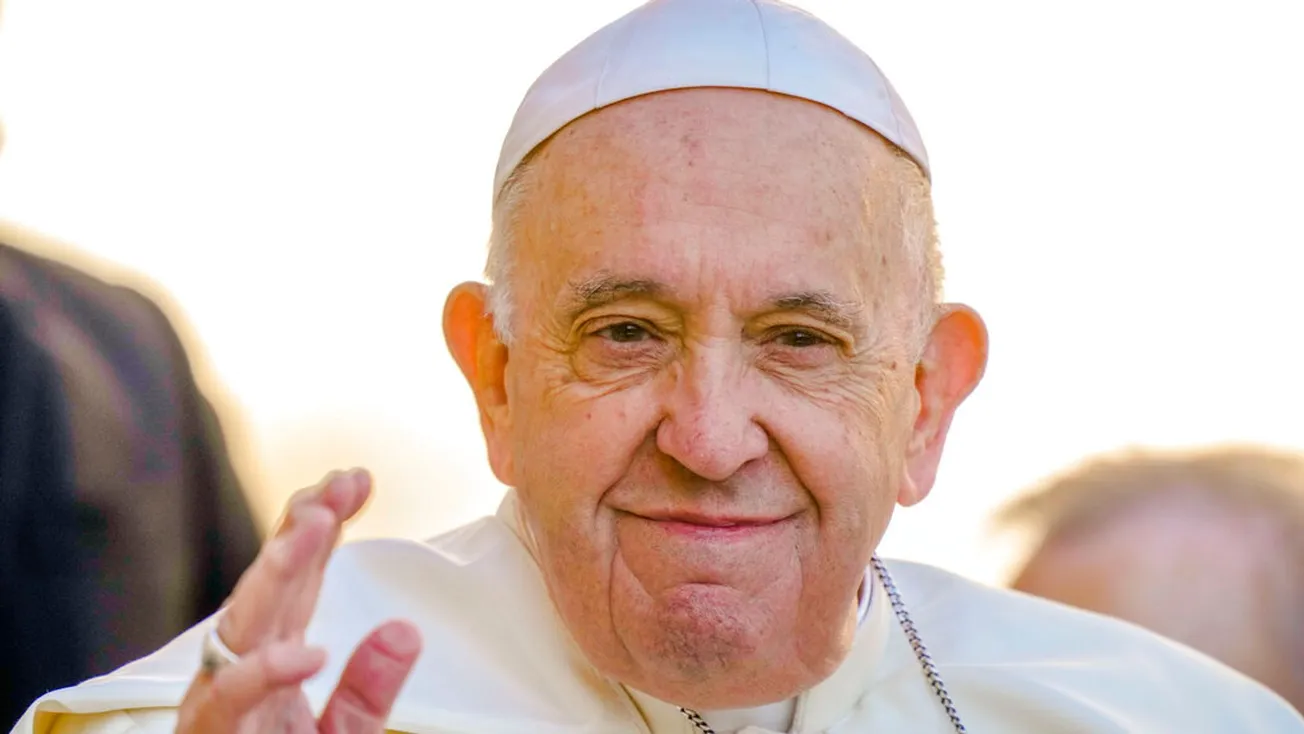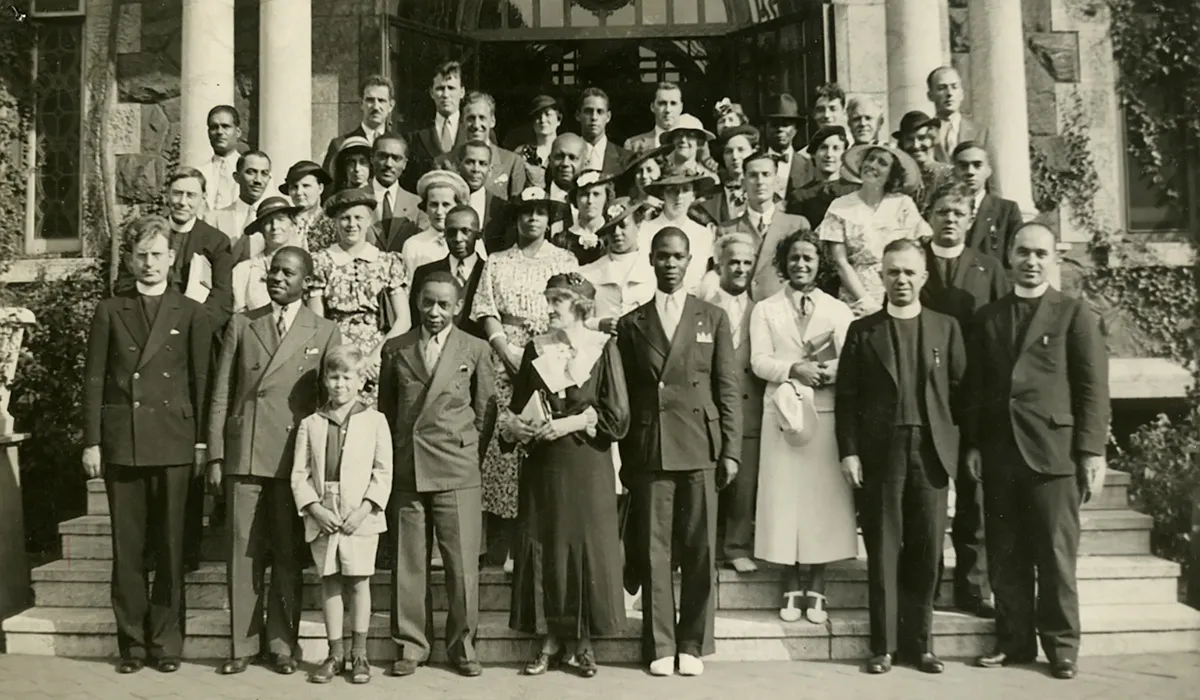Walker Percy. Thomas Merton. Flannery O’Connor.
These authors routinely grace lists of the nation’s best Catholic writers, but one towering novelist is usually omitted from these roundups, even though she was both a longtime Catholic and a literary luminary: Toni Morrison.
Critics have been far more likely to explore race and gender in Morrison’s fiction than its spiritual dimensions, but throughout her nearly 50-year career as a novelist, Morrison engaged religion, be it Catholicism specifically or Christianity generally.
Yet, in 2017, when America Magazine asked me to write an article about Morrison’s Catholic faith and the role of religion in two of her most influential books, “Song of Solomon” and “Beloved”, I was surprised to learn that not much had been written on the subject at all. I was even more surprised to see how heavily cited my piece was by religious publications when Morrison died at age 88 two years later.
As the rare article that explored Morrison’s religious faith, my piece became a reference point for the press, which claimed Morrison as a Catholic upon her death while glossing over this major biographical detail during her life.
The question is: Why?
Since the release last month of my book, “Toni Morrison’s Spiritual Vision: Faith, Folktales, and Feminism in Her Life and Literature”, people have repeatedly asked me why the Catholicism, Protestantism, and African-based spirituality in her books have gotten the short shrift. And of these three, inquirers are particularly interested in learning why Morrison has been overlooked as a Catholic—a religion she converted to at age 12 due to the influence of her Catholic cousins.
The answer to this question is complicated. For one, Morrison was a private person. She did not hide her Catholic faith from the press, but she also didn’t volunteer information about her life she wasn’t directly asked to reveal. And, all too often, journalists simply didn’t ask her how Catholicism affected her as a writer or as a person. Also, the fact that Morrison (rightfully) prided herself on being both an African American and a woman writer likely resulted in some critics devoting all of their attention to these aspects of her literature and ignoring the religion in it.
Even so, race, gender, and religion are intertwined in Morrison’s literature. She likened the suffering the Black women and girls in her books experience to the persecution Jesus endured. Similarly, the Black mothers grieving their children in her books recall the Seven Sorrows of Mary. Still, for critics unfamiliar with these religious tropes, or who miss the references to the Black Madonna in novels such as “Sula” and “Paradise”, Morrison isn’t likely to register as a Catholic novelist.
Then, there’s the matter of race. By some estimates, the US is home to more Black Catholics than members of the African Methodist Episcopal (AME) Church, and people of African descent in the Western hemisphere are more likely to be Catholic than any other religion. Yet the notion persists that Black Catholics are anomalies, a problem I recognize despite growing up Protestant.
During my upbringing in the 1980s and ’90s in the Chicago area, my circle always included Black people from throughout the diaspora—Panamanians, Trinidadians, Haitians, Jamaicans, Belizeans, and African Americans—and among them, a Catholic contingent. And in that, I’m excluding the many African-American families I knew—including my own—who did not practice Catholicism but felt more comfortable sending their children to parochial schools than to their public counterparts.
So when PBS aired “The Black Church” docuseries in February, I understood why Catholics took to the internet to express their dismay that, other than a passing shot of Black nuns, the show left out Black Catholics almost entirely. It was as if Black Catholics did not exist in the US. Unfortunately, that documentary isn’t the only time such erasure has occurred.
While the contributions BIack Protestants made to the Civil Rights Movement are widely known, I made it through graduate school without learning about the Catholic background of Homer Plessy, the mixed-race New Orleans activist who took his 1896 challenge of “separate but equal” laws all the way to the Supreme Court. Plessy v. Ferguson set the stage for the landmark 1954 Brown v. Board of Education case that ordered public schools to racially desegregate.
And though I knew about the role of Christianity in the 1831 revolt Nat Turner led against enslavement, I never learned in school about 1739’s Stono Rebellion, which was led by enslaved people of Kongolese descent who had been practicing Catholics for generations—well before they were forced into servitude.
I also didn’t know that the first person of African descent to set foot in (what is now) the United States was Catholic. The enslaved explorer known as Esteban the Moor, or “Black Stephen”, ended up on the Texas coast after surviving Spanish conquistador Pánfilo de Narváez’ 1527 expedition to Florida, in which heavy storms caused a deadly shipwreck. Nearly a century before 1619, the year when the first enslaved Africans disembarked at Jamestown, a Black Catholic had already explored parts of the Southern and Southwest US, as well as Northern Mexico.
These are just a few examples of Black Catholic history that I explore in “Toni Morrison’s Spiritual Vision”, because Morrison didn’t convert to Catholicism by chance. She came from a long line of history-making Black Catholics, and too few people know about them, their Catholic roots, or hers.
That said, this trend is slowly changing. After Amanda Gorman recited her poem “The Hill We Climb” at President Joe Biden’s inauguration in January, multiple news outlets—first among them BCM—ran stories about her Catholic background, with a Washington Post headline standing out as particularly provocative: “Black Catholic Women Like Amanda Gorman Are Forgotten Prophets of American Democracy.”
The piece, authored by Dr. Shannen Dee Williams, describes the long history of Black Catholic girls and women who have served African American communities and taken part in civil rights activism, such as Diane Nash, one of the founders of the Student Nonviolent Coordinating Committee (SNCC). Simply put: when Black Catholics are marginalized, the public gets an incomplete and inadequate version of Black history.
Someone recently questioned why a Protestant such as myself chose to write about Morrison’s Catholicism. But Morrison’s religious background was complex. She was just as influenced by her mother’s AME church as she was by the Catholic faith, not to mention African-American folk practices like Hoodoo, so no individual of any one faith could necessarily capture her spirituality better than another.
In this way, she was not the exception but the rule among the Western hemisphere’s Black Christians, a population that has long been religiously diverse rather than solely Protestant. In “Toni Morrison’s Spiritual Vision”, I strive to illuminate some of the many faith traditions individuals throughout the African diaspora have embraced—not just to improve readers’ understanding of Black religion, but to improve their understanding of Black history, period.
Nadra Nittle is a Los Angeles-based journalist whose writing has appeared in religious publications, including America and Outreach, as well as in news outlets such as The Guardian, The Atlantic, Vox, NBC News, and Business Insider.



